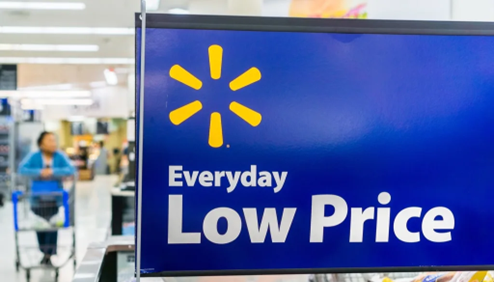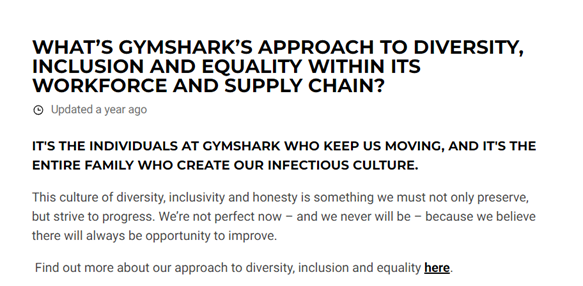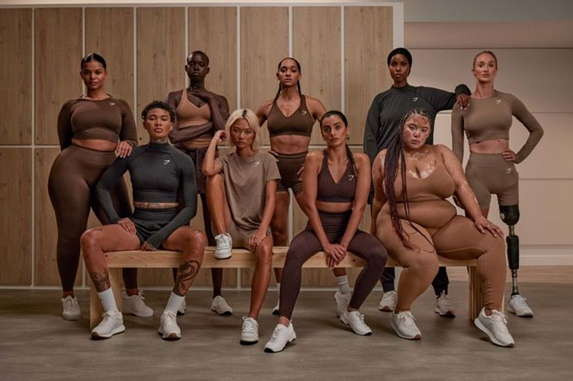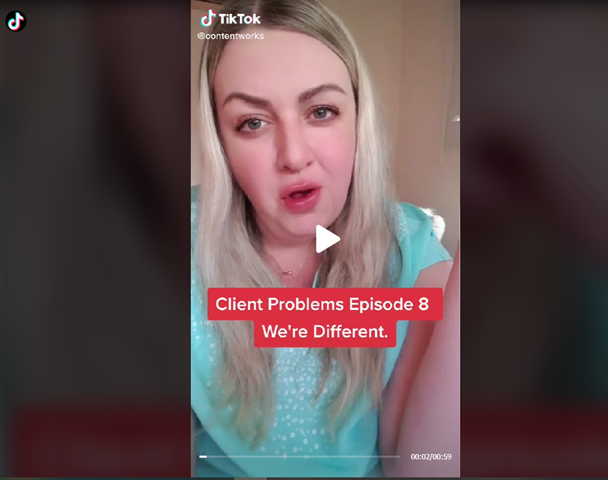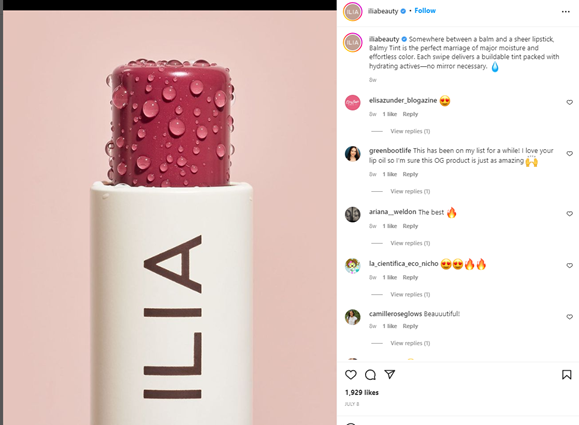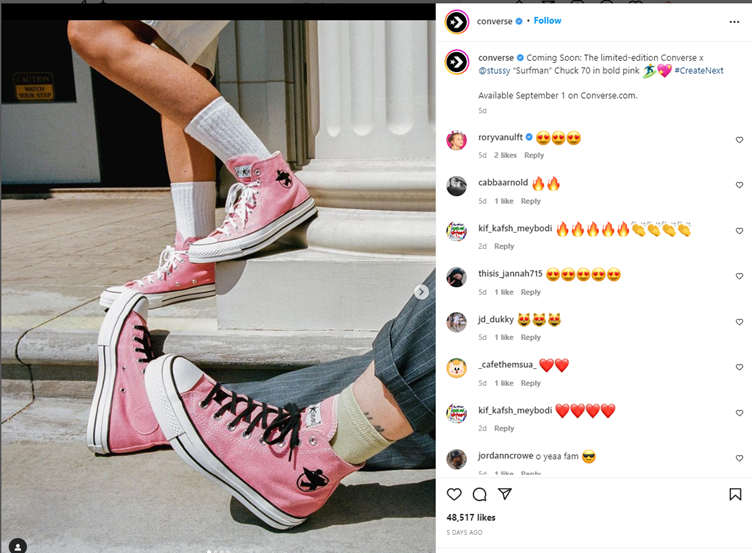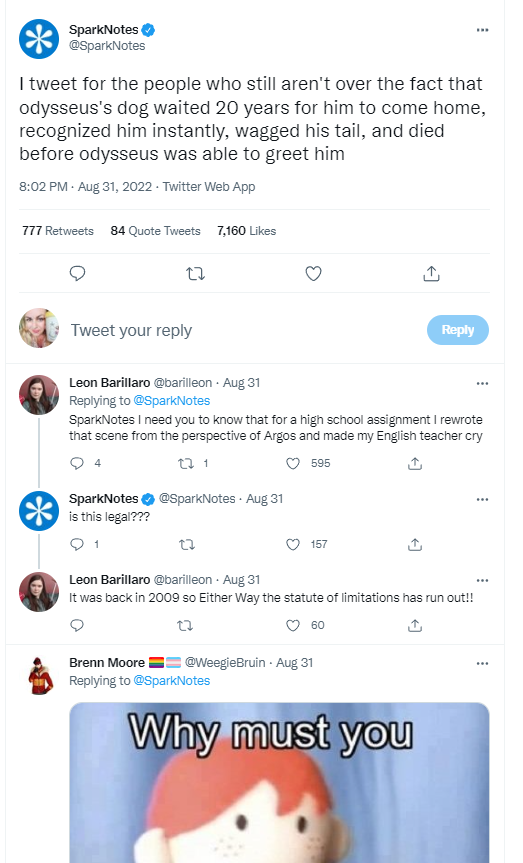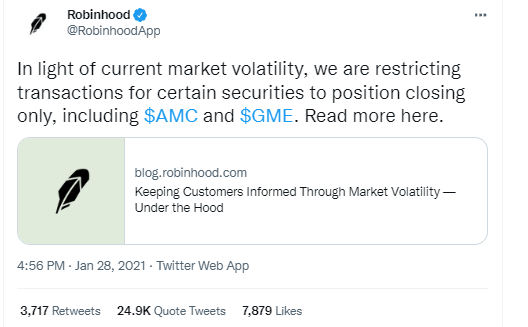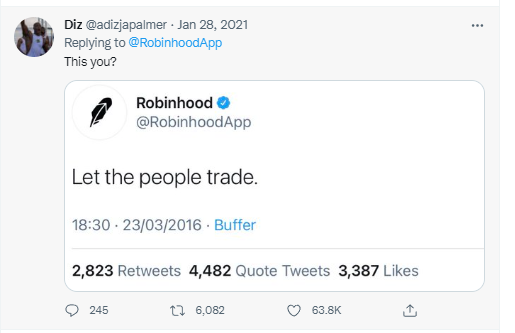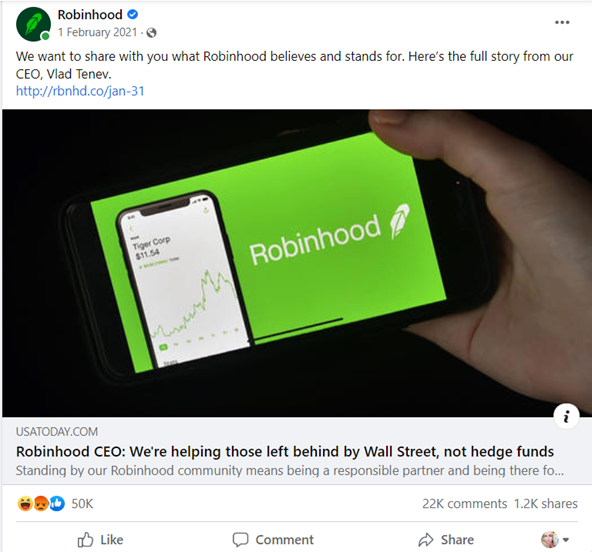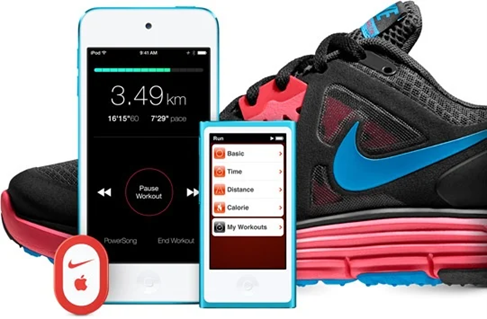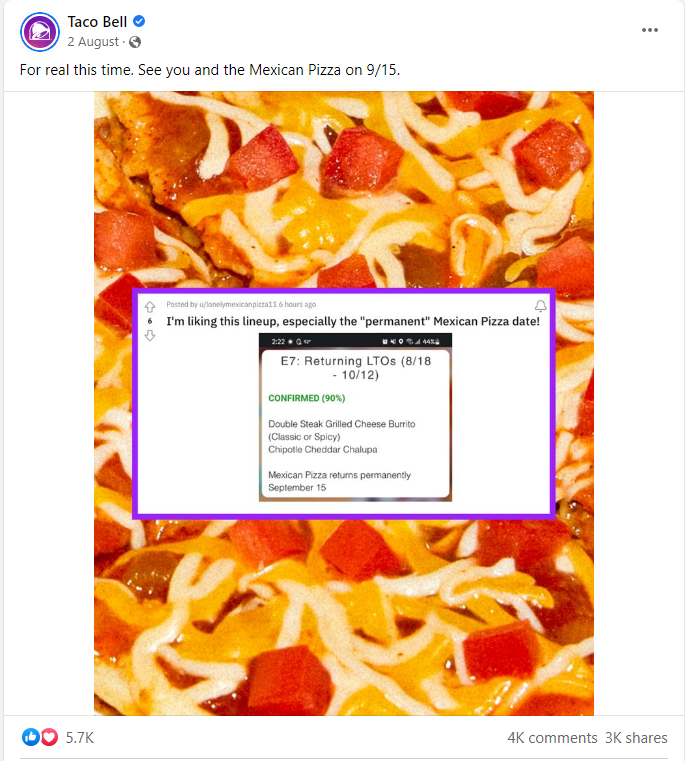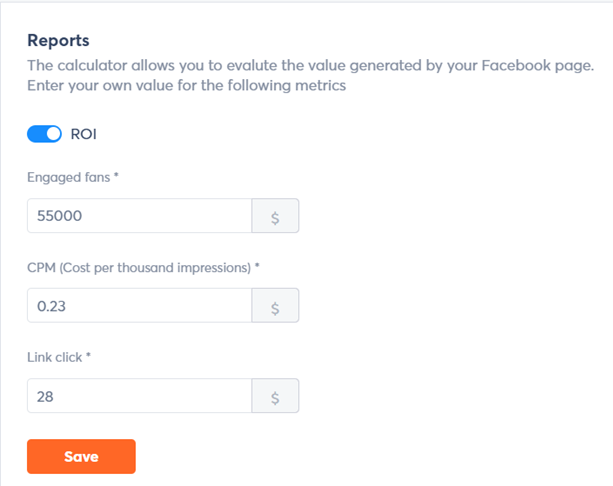Social media brand positioning includes targeting, strategy, visuals, content, and behavior. It dictates how social media fans and prospective customers see you. Is your brand positioned for success on social media?
In this article, we’re looking at the importance of social media positioning, how you can achieve it and some big brand examples.
What Is Social Media Positioning?
Anyone else obsessed with New York’s prestigious ad agencies in the series Madmen? If you were, you will know that a lot of the marketing terms and techniques we use today were coined decades ago. The term “positioning” was first detailed in 1969 by Al Ries and Jack Trout in the publication Industrial Marketing. It was then expanded into their ground-breaking first book, Positioning: The Battle for Your Mind. It was defined as what you want your brand to be in the minds of customers.
So, brand positioning isn’t a new thing at all.
What’s new is how we can now convey brand positioning.
When the term was created in the late 60’s it was radio, television, newspaper, magazine and billboard advertising. Now, it’s all those—plus social media, digital, and its many facets.
Brand Recognition and Brand Positioning
These two terms are often confused. Though they do work together, they are not the same thing.
Brand awareness is the recognition or recalling of a brand by consumers.
Brand positioning is how you, as a marketer, differentiate your brand from your competitors and place it in the mind of the prospective customers.
If you position your brand in a strong and consistent way, this will contribute to your brand awareness.
- Brand recognition isn’t instantaneous. It takes 5 to 7 impressions for people to remember a brand.
- 82% of investors want the companies they invest in to have a strong brand.
- 75% of B2B purchasers want branded content that helps them explore business ideas.
- Displaying your brand consistently across all social platforms can increase income by 23%.
Core Elements of Positioning
In regard to the elements of “positioning,” you’ll find that there is no definitive list. Marketers add and adapt on the core elements to make their positioning more detailed.
However, there are some core elements of positioning you should know about.
Target demographic
You must understand your target demographic before you can position your brand.
Target demographics might include age range, geography, gender, age, education and even income or job title. Your target demographic is the group you’re going to be aiming at. These are the people you think will buy your product or use your service.
Example: Walmart
Supermarkets have demographics, which are often influenced by geography and consumer earnings. Customers at Walmart are on average 46-year-old women, for example.
Walmart is well known for its slogan “Always Low Prices,” making it one of the key customer-centric approaches to be a market leader consistently. Supermarkets are highly attuned to their target demographic and will place stores in the right areas with the right offers for their market.
Branding strategy
The term branding encompasses color, logo, slogan, content style, tone of voice, and vision. This is how a company wants to be seen and remembered by its target audience.
Example: McDonalds
Its branding can be recalled instantly as yellow and red. Their slogan “I’m loving it” is strong in our minds. Happy Meals, kids’ playgrounds, parties, and a clown, adds to the desired brand perception of McDonald’s as happy and fun.
The golden arches, created in 1962, are such a strong branding image that even when they are altered, we still recognize them.
Brand behavior
While your positioning statement may say one, demonstrating it is another matter.
Brand behavior is all the activities that show customers what your company stands for.
For social media positioning, that will include:
- Your tone on social media both proactively and reactively
- How you handle complaints and PR disasters
- How you approach social and community issues
- How your staff treat consumers every day
- The causes and trends you align with
Example: Gymshark
This is a brand that has really grabbed my attention lately, thanks to its excellent brand behavior and positioning.
First, check out the statement about diversity, inclusion and equality on its website:
Then look at how this translated to brand behavior on its social media channels. This is just one example. However, the message is echoed through every post on every channel.
Look carefully at the image below. All body types, skin type, ethnicity, and genders are welcome. The company produces its own range of workout gear to suit everyone.
Differentiation
One of my pet hates as a marketing agency director, is when a new client will describe themselves as “different” with no actual differentiators. Check out my latest TikTok on this!
Stating that your brand is “the global leader in organic beauty products” for example, is a weak differentiator.
Instead, state why you are the global leader and what the payoff is for your consumers.
You need to tell your target audience how your differentiator will benefit them or solve a pain point.
Example: Ilia Beauty
This organic makeup brand is very clear about the benefits of using its products. I love the core positioning statement on their website which clearly states the benefit to customers.
The caption on this Instagram post clearly tells fans about the benefits of this product and the gorgeous image backs it up.
How to Build Social Media Brand Positioning
So, we know what brand positioning is and why it’s important. But how do you do it?
Let’s run through some guidelines on social media positioning
1. Choose the right social media networks
Your brand doesn’t have to be on all social media platforms. In fact, I would advise against it. All you’re doing is diluting your message and hugely amplifying the amount of content and resources you will need.
Instead, choose the right social media networks. Those are the ones that match your target demographic and the audience you want to attract.
Example: Converse
The company now focuses its messaging over on Instagram. Its last Facebook post was back in June 2020. While purely speculation, this could be because Facebook’s demographic is now aging past Converse’ targeting. The average Facebook user in the USA is now 40+ years old. Converse is a sneaker brand that will stand the test of time by reinventing itself for each new generation.
In the brand positioning process, it’s important to understand your target market is ever-changing. You must continue to evaluate the market and your target customers.
The brand is also hot on the latest social media trends like the one-word tweet trend of September 2022. This appeals to the fast-moving social media Twitter crowd.
2. Engage with your followers consistently
Consistency is key if you want to have strong social media positioning. That means posting often and engaging with your followers consistently.
Strong brands have a tone of voice and strategy document, which they update regularly. This encompasses the language they use, emojis, hashtags and general rules of the road for both proactive and reactive content.
Example: SparkNotes
SparkNotes produces study guides for Shakespeare texts and other classic works of literature. Sounds dull? It isn’t! Their winning social media engagement sparks numerous memes, responses, and interactions. Their posts are highly shareable because they’re intelligent and funny and the brand also plays along with fans.
Remember to utilize social media listening in your Agorapulse dashboard to pick up brand mentions and responses.
3. Stay on brand (Even in a crisis)
What does it mean to stay on brand?
It means that you need to remember who your brand is, who your audience are, and the trends that are (or are not) appropriate for you.
Jumping on irrelevant trends or making off-brand statements are classic errors that can skew your social media positioning. If you’re a fun brand, you might want to stay out of trends that involve violence, for example. You also need to stay true to your core brand values and the promises you made to your audience.
Example: Robinhood
Robinhood, the mobile-first trading platform forgot its promises and core values over the “Gamestop saga.” Everything about the Robinhood brand (including its name) was about democratizing finance for all.
But when a subreddit of retail traders found themselves on the right side of a short squeeze against some large hedge funds, Robinhood cut them off. The traders were locked out of buying additional $GME shares, while hedge funds could continue trading. Not only was this unfair and against their core values, but the brand also failed over on social media too. While fans raged against the injustice, the brand ignored them continuing to post about their core features and benefits.
The company’s follow up blog did little to calm social media fans and did not actually address any of their complaints or concerns as we see from the comments.
Remember, your actions determine what you stand for, not the core values you have written in a positioning statement!
4. Align with the right trends, brands, and influencers
Social media positioning also involves the way you align your brand with other trends, brands and influencers. We know, for example, that tweeting trending hashtags on Twitter will elevate the engagement of your brand. Or that working with a micro influencer will get more eyes on your product or service.
But your social media positioning needs to kick in to make sure you’re working with the right people.
Example: Nike and Apple
Nike and Apple have been working together since the early 2000s, when the first iPods was released and it’s a co-branding partnership that works.
The partnership between Apple and Nike aims to “inspire the next generation of athletes and celebrate the power of sport.” First, there is no competition between the brands, second the target demographic gels well together andlastly, the brands align on social values and corporate values. The idea that Nike active wear users will be listening to music on the iTunes or answering messages on a run, using an Apple Watch is highly plausible.
On the reverse side, aligning your brand with a mismatched or poorly researched hashtag can work against you. As can misjudging the mood of your audience.
Burger King, usually a witty brand, misjudged the mood with this Women’s Day tweet. Burger King tried to spark outrage to build awareness for a program that promotes women’s opportunities in the culinary sector. But it was a misjudged tweet that they later deleted.
Strong social media positioning doesn’t always mean getting attention. It means staying true to your core values and positioning for your target audience. Sometimes, passing up on a witty comment or trending hashtag is a better choice.
5. Review and update your social brand positioning regularly
Marketers often assume that social media positioning is fixed and shouldn’t be changed.
Though this may be true for logos, colors, and your core product offering, it isn’t true for social media positioning. Trends change, audiences shift, and brands often need to be repositioned.
Careful and regular surveillance of your brand sentiment and external factors are key to effective strategic positioning.
A brand repositioning strategy is not a rebrand. It allows you to reposition to keep up with evolving customer needs.
Example: Taco Bell
Taco Bell repositioned in 2016 to become a lifestyle brand. Its original approach and “Yo Quiero Taco Bell” chihuahua?” slogan had come to be associated with cheap Mexican fast food and negative stereotypes. The launch of “Live Mas!” (“live more”) and a repositioned social media approach saw sales rise and a new generation bond with the brand.
Deborah Brand, VP of Development and Design for Taco Bell said, “The brands that survive are the ones that customers relate to as a friend, the ones they invite home again and again. Once you cross over that threshold from being transactional to being a trusted brand that is a friend you can survive a bunch of missteps if you continue to try to innovate and experiment.”
Taco Bell’s social media presence evolved into a witty and relatable meme filled space that now resonates with a whole new audience.
How to Measure the ROI of Your Social Media Positioning Activities
Measuring the ROI of your social media positioning activities is easier than you think. That’s because intuitive social media management tools like Agorapulse do it all for you. PR companies and social media marketing agencies managing multiple brands, utilize the power of automated tools.
1. Watch your ROI on your social media spend
If you’ve assigned budget to your social media activities, then you need to be monitoring your ROI (return on investment).
This is the monetary aspect of your ROI and you need to consider:
- Designs and videography
- Organic content creation
- Social media ads or boosts
- Influencer partnerships
- Marketing tools or programs
Digital Marketing ROI = (Sales Growth – Marketing Cost) / Marketing Cost
Estimate and evaluate your Facebook ROI with Agorapulse.
2. Monitor your brand sentiment
ROI isn’t only measured in cash value; it’s also measured by increased engagement and positive brand sentiment.
By engaging in social media listening, you can monitor social media for conversations, keywords, and topics relevant to your brand. These conversations probably won’t be happening on your posts or pages.
These will help you to understand the effectiveness of your brand positioning.
- Decide what to listen for and set listening parameters.
- Monitor brand and campaign hashtags to discover responses.
- Uncover brand ambassadors (or enemies) and engage with them.
- Pull regular reports to understand the impact of posts or campaigns.
- Watch any negative comments on posts and adjust or respond accordingly.
- Pay attention to trends to align your brand accordingly (or not).
3. Pay attention to competitor analysis
It’s always good to see how you’re performing against your core competitors. This will allow you to see if your social media positioning is on target or if competitors are snaring more social media fans.
Though you can’t see their actual ROI (product sales), you can see their public channels and audience interactions.
Here you can:
- Check their core messaging and hashtags to see whether they are evolving
- Watch their product releases, contests and offers
- Gage audience engagement on their posts and see what’s working well
- Monitor their social media interactions and how they handle customer comments or complaints
- Assess any new campaigns they launch and the overall responses
- Monitor hashtags or keywords that you both use and see who’s getting the lion share of interaction
- Benchmark yourself against your Facebook page competitors and let Agorapulse do the hard work for you!
In Conclusion
Social media positioning is an ongoing activity, especially if you want your brand to stand the test of time. Regular reviews of your social media positioning help you to stay fresh, attract your target audience and achieve a positive ROI.




